
Spring is full of colorful wildflowers that grow in fields, forests, and hills. Flowers like the California Poppy, with its bright orange petals, and the Bluebonnet, which is the state flower of Texas, shine in the sunlight.
These flowers help bees and butterflies by giving them food. They also make the world look more beautiful. Learning about these flowers teaches us how nature works.
Discover 18 wildflowers that bloom in spring! Each has a special role in its home. Some grow in dry areas, while others need wet soil.
Seeing them can make you feel happy and curious. Explore these amazing plants and see how they change the landscape. Don’t miss the chance to spot them this season!
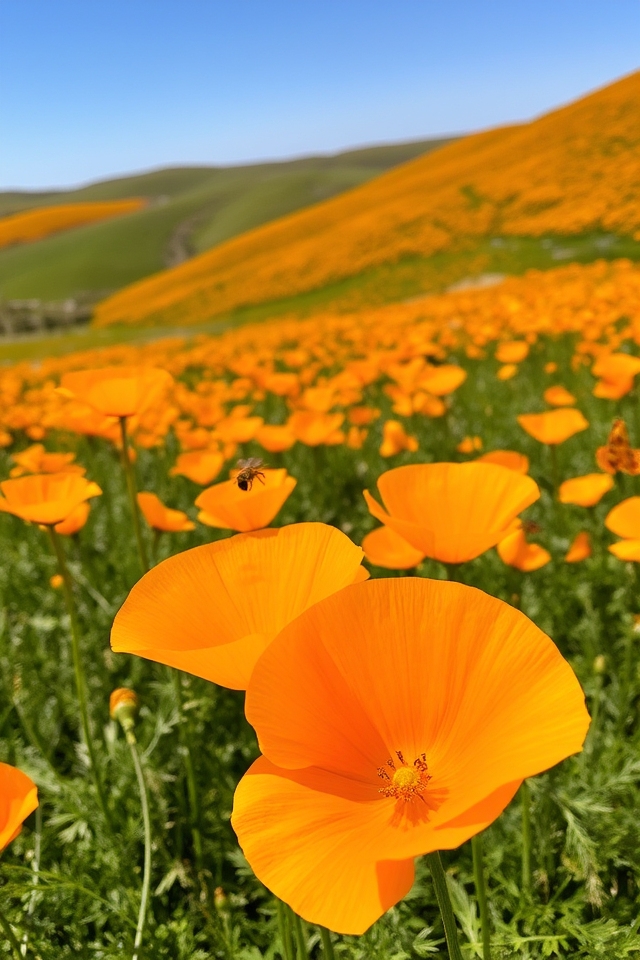
The California Poppy, known scientifically as Eschscholzia californica, is the vibrant state flower of California, renowned for its brilliant golden-orange petals that bloom in abundance during the spring. These striking flowers thrive in open fields and along highways, creating stunning displays against the backdrop of rolling hills. Their delicate, cup-shaped blossoms close at night and during cloudy weather, yet flourish in the sunshine, attracting pollinators like bees and butterflies, making them a quintessential sight in California’s natural landscape.
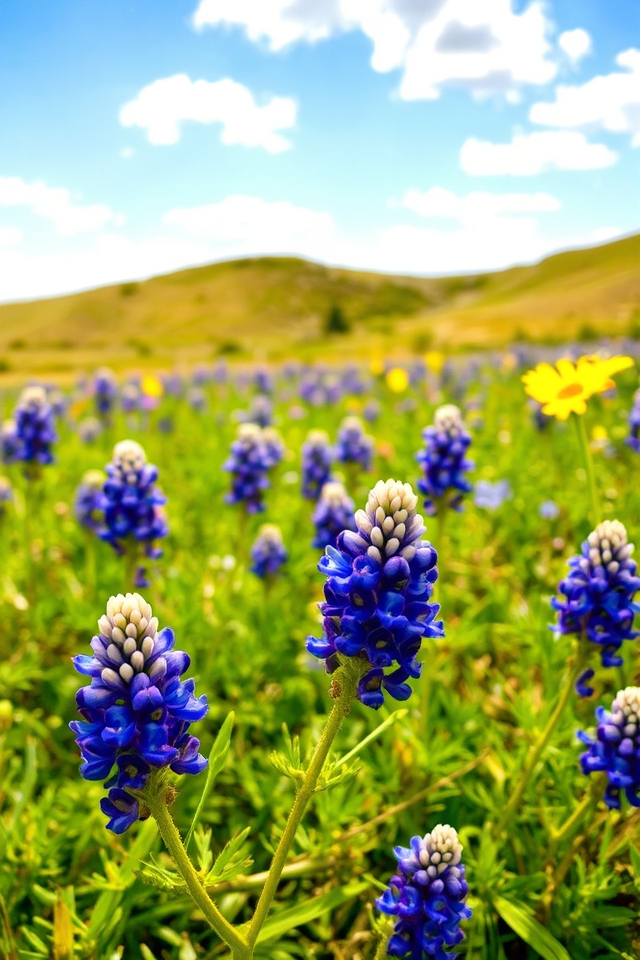
The Bluebonnet, Texas’s state flower, is a breathtaking sight in springtime. With its vibrant blue petals and distinctive shape, it carpets fields and roadsides, creating a stunning natural display. Blooming from late March to May, these hardy wildflowers thrive in the warm sun and scattered rainfall. They symbolize resilience and beauty, attracting visitors and photographers alike. Don’t miss the chance to see these iconic flowers during their peak season, as they bring a touch of magic to the Texan landscape.
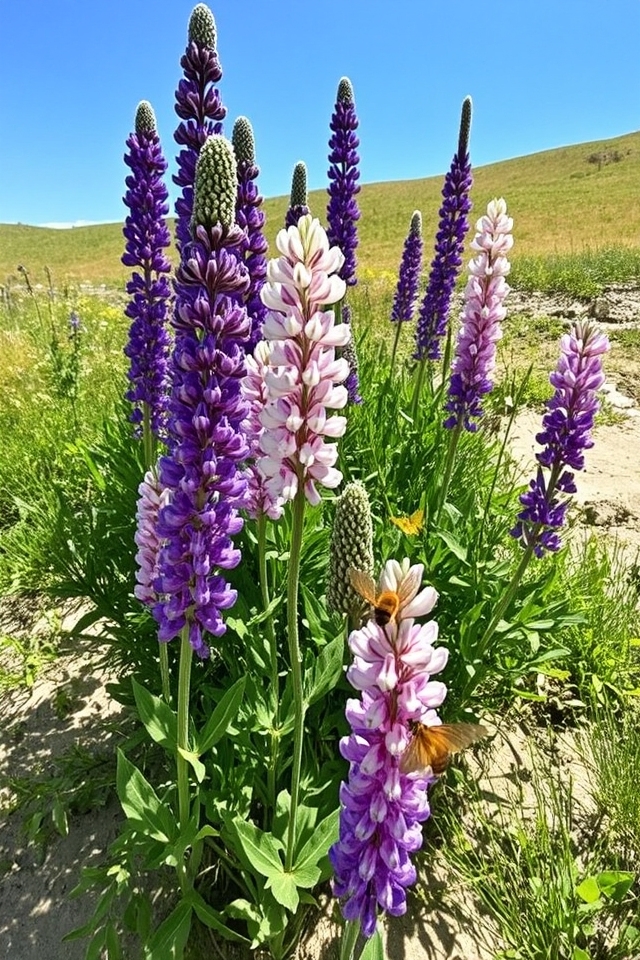
Wild lupine, known for its vibrant spikes of blue, purple, or white flowers, is a stunning sight in spring. This perennial plant thrives in sandy soils and open areas, often forming dense clusters that attract pollinators like bees and butterflies. Blooming from late spring to early summer, its lush foliage and aromatic blooms create a picturesque backdrop in natural landscapes. Not only beautiful, wild lupine also plays an essential role in supporting local ecosystems by enriching the soil through nitrogen fixation.

Indian Paintbrush, known scientifically as Castilleja, is a striking wildflower that flourishes in spring, primarily in the western United States. With its vibrant red, orange, or yellow bracts that resemble a painter’s brush strokes, this flower thrives in open meadows and rocky slopes. It often grows in association with other species, adding a splash of color to natural landscapes. Beyond its beauty, Indian Paintbrush is important for local ecosystems, providing nectar for pollinators like bees and butterflies.
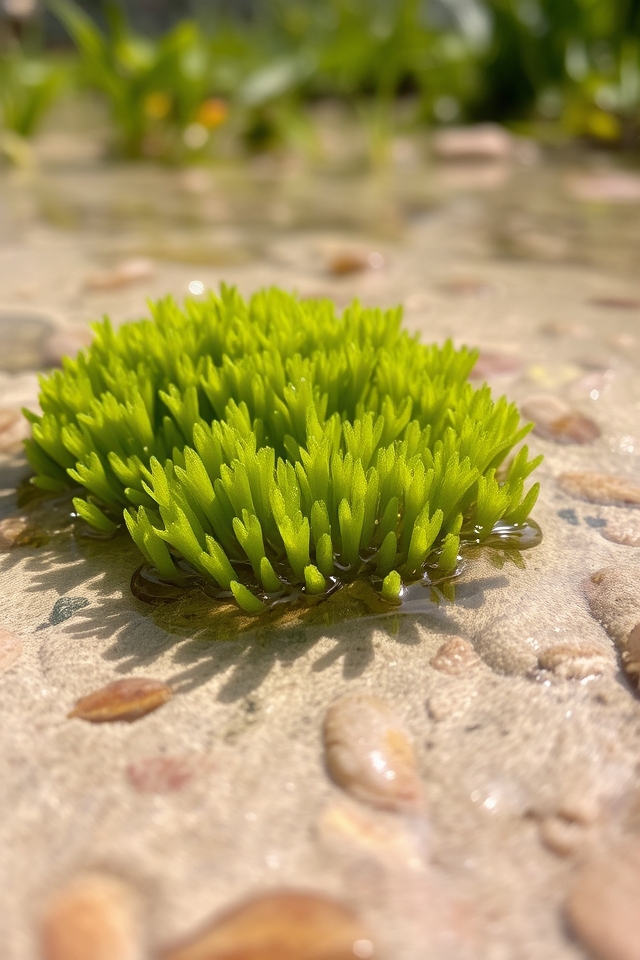
The Blanketed Quillwort, scientifically known as Isoetes tegetiformans, is a unique aquatic plant that thrives in the shallow waters of spring-fed ponds and wetlands. With its tufted, grass-like leaves, this species resembles a small evergreen plant, growing in rosette formations. In spring, it produces spore cones that add a touch of charm to its distinctive appearance. This rare plant plays an essential role in its ecosystem, serving as a habitat for various aquatic organisms while also enhancing water quality.
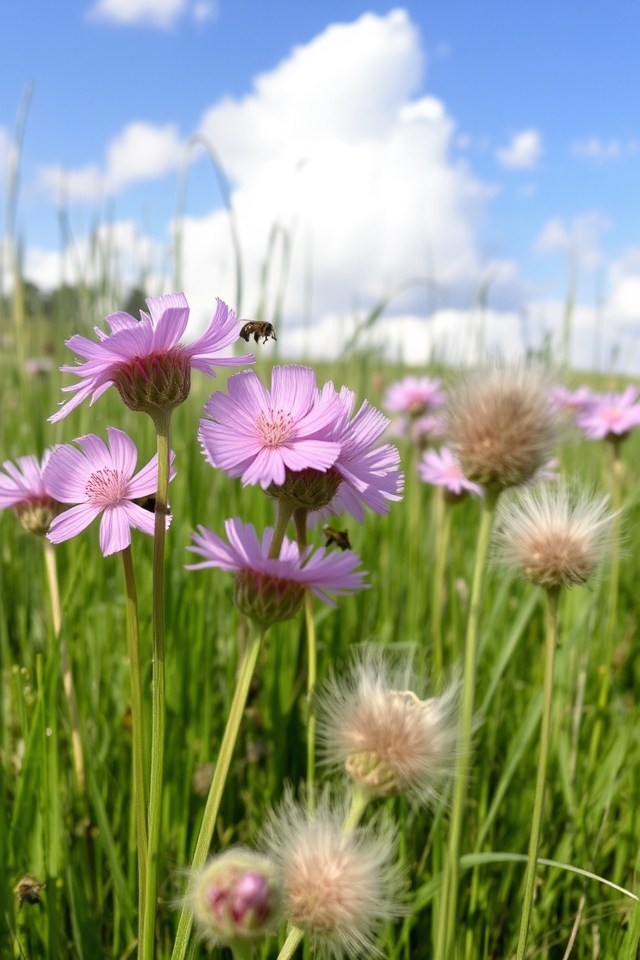
Prairie Smoke, known scientifically as Geum triflorum, is a enchanting wildflower that graces the prairies and meadows in spring. This unique plant features delicate, pinkish-purple flowers that bloom atop slender stems, resembling wisps of smoke in the wind. As the blossoms fade, they develop distinctive fluffy seed heads that add texture to the landscape. Flourishing in well-drained soils and full sun, Prairie Smoke attracts pollinators and is a beautiful addition to wildflower gardens, making it a delightful sight this season.

The Pink Lady’s Slipper, known scientifically as Cypripedium acaule, is a stunning orchid native to North America. This delicate flower features a striking pink pouch-shaped bloom that resembles a slipper, set against lush green foliage. Typically found in shaded woodland areas, it thrives in acidic soils and is often spotted during the spring months. The Pink Lady’s Slipper is not only a visual delight but also plays a crucial role in the ecosystem, attracting pollinators such as bees.

Fireweed (Chamerion angustifolium) is a vibrant perennial plant that blooms with striking clusters of pink to purple flowers, typically seen in late spring to early summer. Known for its resilience, fireweed often thrives in disturbed soils, such as after wildfires, earning it a symbolic reputation for regeneration. Its tall, slender stems can grow up to six feet, and the leaves have a unique, lance-like shape. Fireweed is not only beautiful but also attracts a variety of pollinators, making it an essential part of local ecosystems.

The Arctic Aster, known for its vibrant purple petals and golden center, is a stunning wildflower that graces the chilly landscapes of northern regions each spring. Thriving in rocky, tundra-like environments, this resilient plant blooms between late spring and early summer, showcasing its delicate beauty against a backdrop of snow-capped peaks. With a height of up to 24 inches, the Arctic Aster not only brightens the terrain but also attracts various pollinators, contributing to the region’s biodiversity.
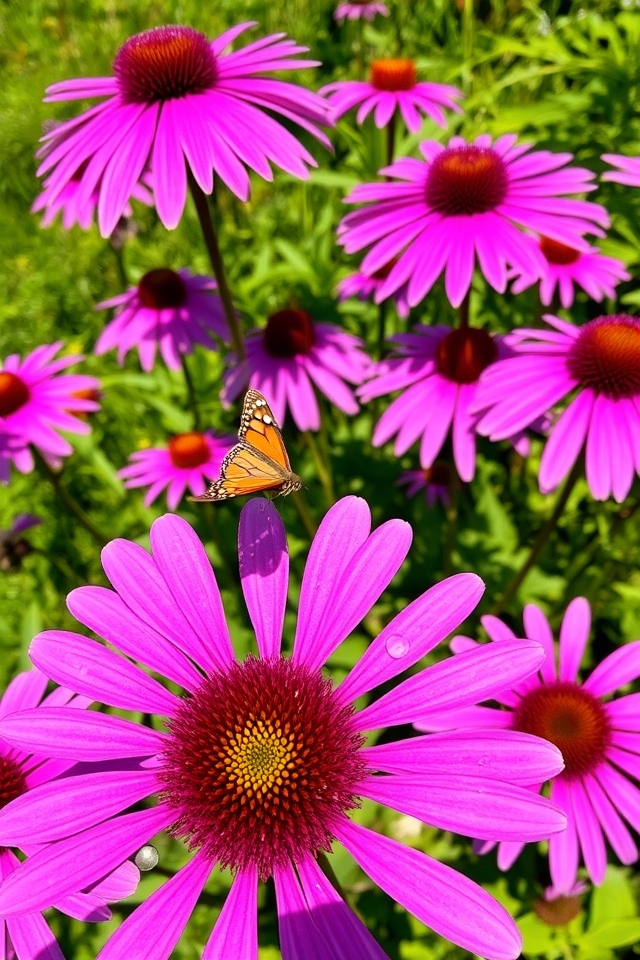
The Purple Coneflower, or Echinacea purpurea, is a stunning native wildflower that graces gardens and fields with its vibrant, daisy-like blooms. Its distinctive purple petals surround a prominent, spiky central cone, attracting pollinators like bees and butterflies. This resilient perennial thrives in sunny environments and well-drained soil, making it an excellent choice for those looking to add a splash of color to their landscape. Additionally, it’s celebrated for its medicinal properties, often used to boost the immune system.
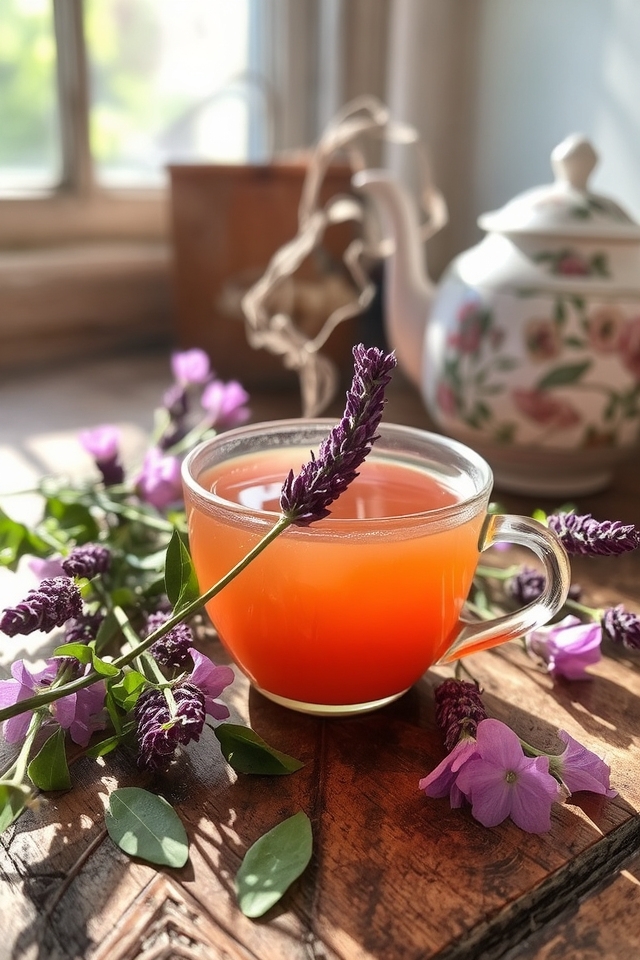
Wild Bergamot, also known as Monarda fistulosa, is a stunning perennial native to North America. This member of the mint family boasts aromatic, lavender-pink flowers that bloom from mid-summer to early fall, attracting pollinators like bees and butterflies. The plant thrives in sunny meadows, open woods, and along roadsides, often growing to heights of 2 to 4 feet. Not only does it add vibrant color to gardens and natural landscapes, but its leaves can also be used to make a flavorful herbal tea.

Goldenrod, known scientifically as Solidago, is a vibrant wildflower that typically blooms in late summer to early fall but can often be seen sprouting in early spring. Its striking yellow flowers attract a plethora of pollinators, including bees and butterflies. With its tall, sturdy stems and clusters of tiny blossoms, goldenrod can often be found in fields, meadows, and along roadways. Despite its reputation for causing allergies, it is a valuable plant in sustaining local ecosystems and adds brilliant color to the landscape.

Ironweed, known for its striking purple flowers, is a perennial plant that thrives in meadows and open fields during the spring months. Its tall, sturdy stems can grow up to six feet in height, making it a standout in any wildflower display. Ironweed attracts butterflies and other pollinators, adding life to the landscape. The vibrant blooms often appear in clusters, creating a stunning sight against the backdrop of green foliage. Along with its beauty, this plant is also valued for its resilience and adaptability.
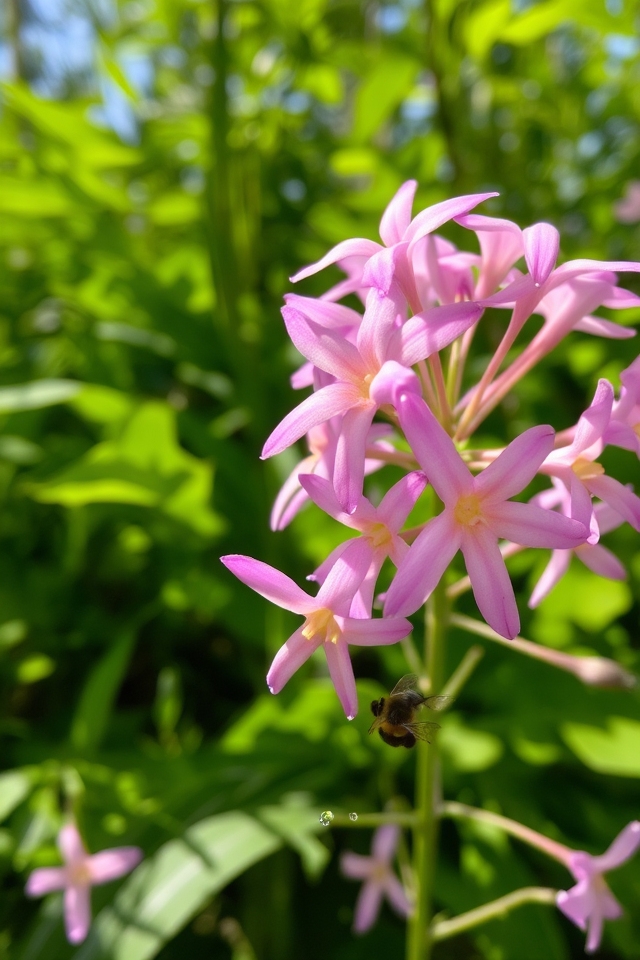
Shooting Star, or Dodecatheon, is a stunning wildflower that graces the spring landscape with its unique, nodding blossoms. Typically found in moist meadows and open woods, these perennial plants showcase a fascinating array of colors, from pale pink to deep purple. The star-shaped flowers, resembling the burst of a shooting star, bloom on slender stems and attract pollinators like bees and butterflies. With their whimsical appearance and delicate fragrance, Shooting Stars are a delightful sight during the vibrant spring season.
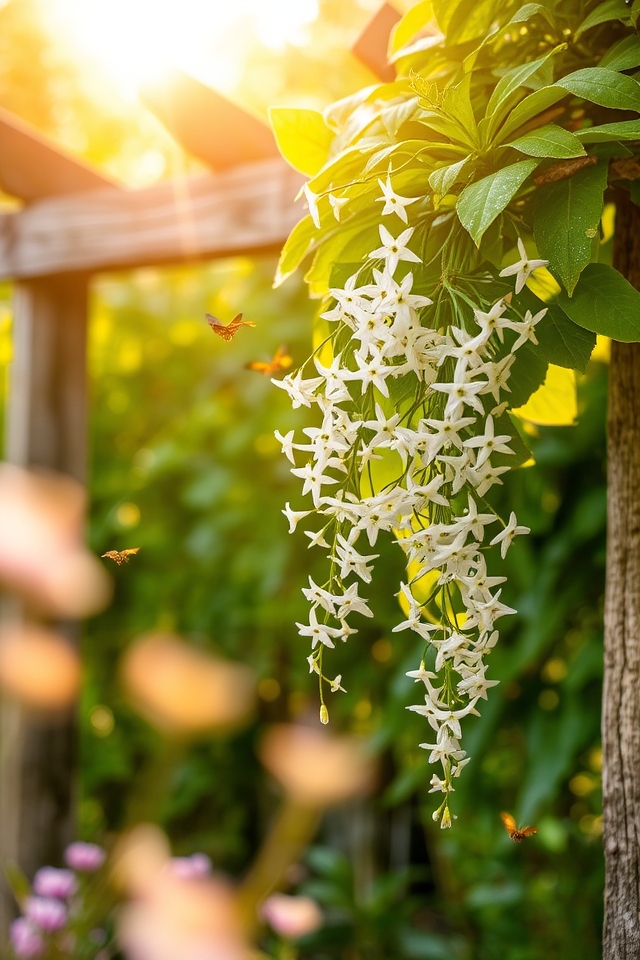
Virgin’s Bower, also known as Clematis virginiana, is a stunning wildflower that blooms in late spring. It features delicate, star-shaped white flowers that contrast beautifully against its lush green foliage. This climbing perennial thrives in moist, well-drained soils and often adorns fences and trellises. Attracting beneficial pollinators like bees and butterflies, Virgin’s Bower adds a touch of elegance to gardens and natural landscapes alike, making it a sight to behold during the vibrant spring season.
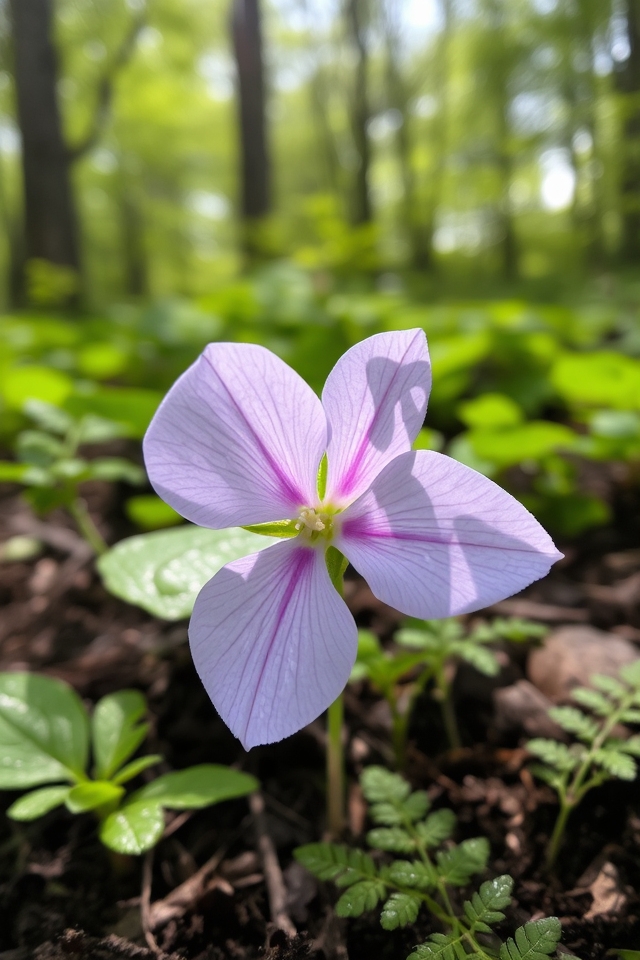
Trillium, often referred to as the “wake robin,” is a stunning wildflower that graces woodland areas in spring. Characterized by its three petaled blooms, which can be white, pink, or purple, trillium typically blooms from March to June. These perennial flowers thrive in rich, moist soils, often forming lush carpets in deciduous forests. Their unique appearance and early blooming period make them a favorite among nature enthusiasts and photographers alike, symbolizing the beauty of spring.
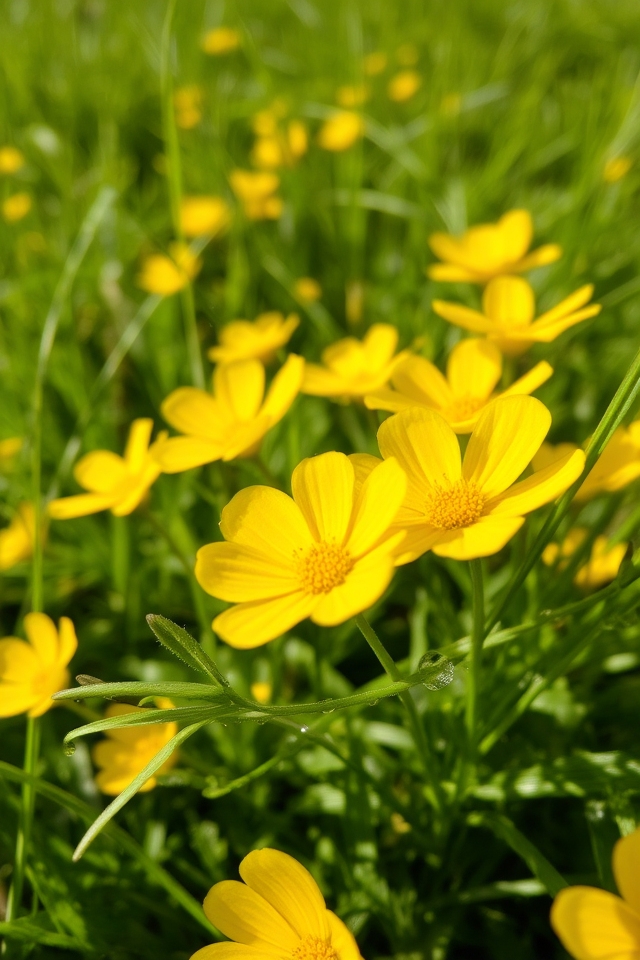
The buttercup, a cheerful harbinger of spring, brightens meadows and gardens with its vibrant yellow blooms. These low-growing perennials feature glossy petals that can vary in shade from pale yellow to deep gold, creating a striking contrast against lush green foliage. Buttercups thrive in moist, well-drained soil and are often found near water sources. While they are beautiful to look at, it is essential to acknowledge that all parts of the plant are toxic if ingested, providing a reminder of nature’s dual beauty and danger.
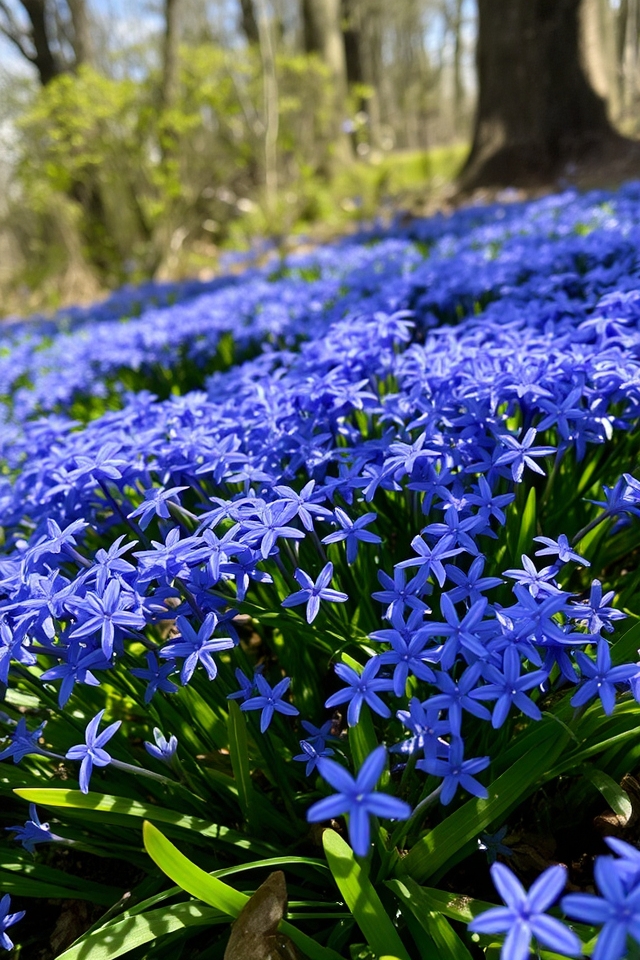
Siberian Squill (Scilla siberica) is a charming spring wildflower that captivates with its vibrant blue blooms. Typically found in woodland areas and meadows, these delicate flowers blanket the ground in early spring, creating a stunning carpet of color. With their star-shaped petals and slender stems, Siberian Squill thrive in well-drained soil and partial shade. They are not only beautiful but also attract pollinators, making them a delightful addition to any garden or natural landscape.
As spring unfurls its vibrant canvas, you’ve seen how these 18 wildflowers bring life to landscapes. From the golden California Poppy to the striking Bluebonnet, each bloom plays a vital role in their ecosystems. By exploring diverse habitats, you can witness the delicate dance of nature, where every flower whispers a story of resilience and beauty. So, grab your boots and a camera—adventure awaits, and the wildflowers are enthusiastic to share their colorful secrets with you!

Don't let aphids, slugs, and caterpillars ruin another plant. Take back control with simple, natural methods that actually work.